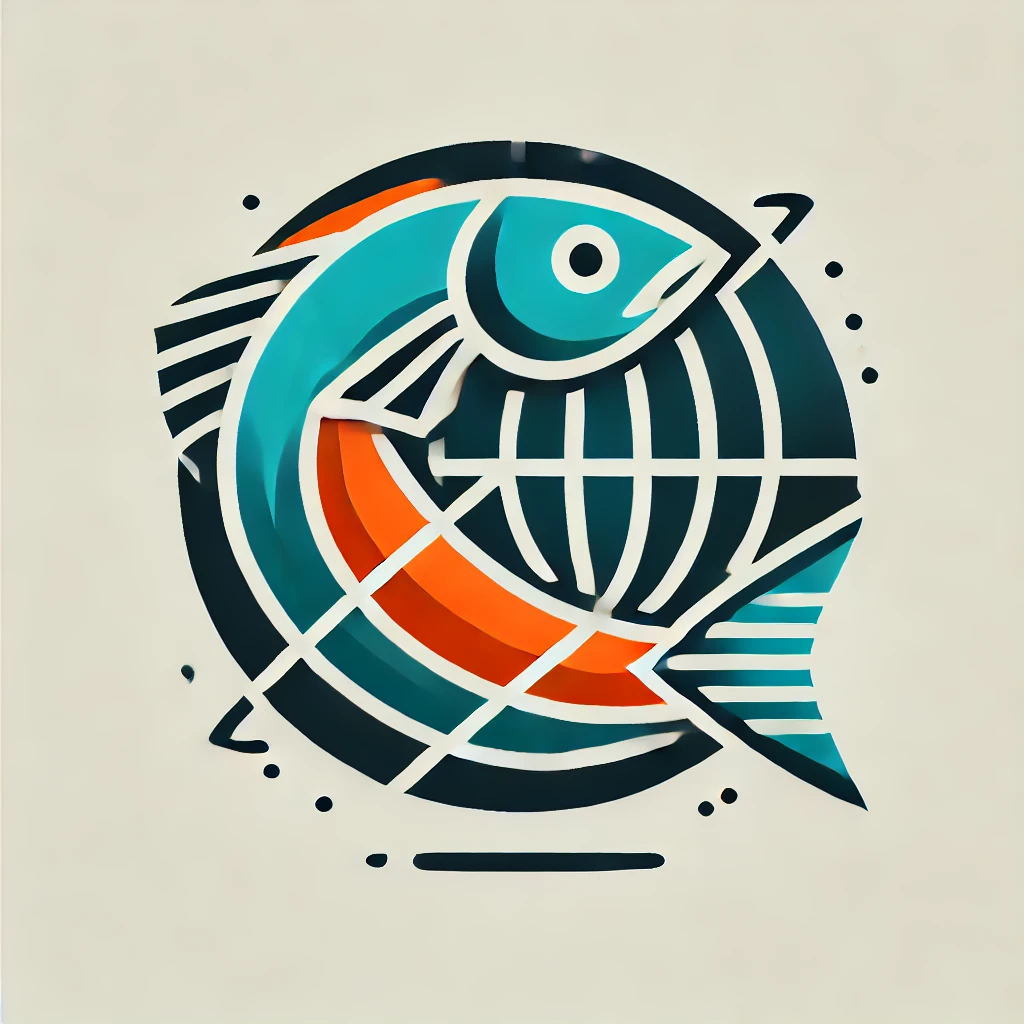Northern Pike Fishing Opportunities in Italy
The Northern pike (Esox lucius) is a freshwater predator fish renowned for its elongated body, sharp teeth, and aggressive hunting behavior. Native to much of the Northern Hemisphere, including Europe, Asia, and North America, the species thrives in lakes, rivers, and marshy waters where it can ambush prey. In Italy, Northern pike have long established themselves in various freshwater systems, particularly in the northern and central regions of the country. For angling enthusiasts seeking to travel abroad in search of thrilling freshwater fishing experiences, Italy offers a compelling destination where pike can be pursued amid beautiful and historic landscapes.
Italy's diverse freshwater habitats provide ideal conditions for Northern pike populations. Notable fishing locations include Lake Maggiore, Lake Como, and Lake Garda, where anglers often report encounters with pike measuring over 100 centimeters. These lakes, with their deep, cool waters and abundant forage fish such as perch and roach, are well-suited to support healthy and sizable pike populations. In addition to large alpine lakes, rivers such as the Po and the Adda also harbor this species. The presence of pike in these bodies of water is not only a testament to their adaptability but also an invitation for anglers to explore various aquatic ecosystems throughout the country.
Seasons and Best Times for Pike Fishing
The best seasons for Northern pike fishing in Italy generally fall between late autumn and early spring. During these cooler months, pike become more active and venture into shallower areas in search of prey, making them easier to target. Summer months can be more challenging due to warmer water temperatures, which often cause the fish to retreat into deeper, less accessible zones. However, experienced anglers can still find success year-round by adapting techniques and targeting specific habitats. Italy's relatively mild winter climate in certain regions also makes it an appealing option for off-season travel compared to colder Northern European countries.
Fishing regulations in Italy vary by region and water body, so it is essential for travelers to consult local rules before casting a line. Some regions implement seasonal closures to protect spawning fish, particularly during spring. Catch-and-release practices are increasingly encouraged, especially for larger specimens that play a vital role in maintaining the genetic health of pike populations. Anglers should also be aware of licensing requirements, which typically include both a national and a local permit. These can often be obtained from regional offices or online portals that manage sport fishing in Italy.
Recommended Tactics and Equipment
Pike fishing in Italy, as in other countries, calls for gear that can handle the fish's size and strength. Medium to heavy spinning or baitcasting setups with strong braided lines are commonly used. Wire leaders are essential to prevent bite-offs, as pike have rows of razor-sharp teeth that can easily sever standard monofilament or fluorocarbon. Popular lures include large spoons, jerkbaits, and soft plastics that mimic prey fish. Fly fishing for pike is also gaining popularity among international anglers, with specialized streamers and powerful rods offering an exciting and visual method of targeting these predators.
Boats provide a significant advantage on larger lakes such as Garda or Como, allowing access to deep drop-offs, submerged structures, and weed beds where pike often hunt. However, shore fishing can also be productive in rivers and smaller lakes, particularly during early morning and late afternoon. Local guides can be a valuable asset for travelers unfamiliar with the water bodies, as they often have detailed knowledge of productive spots and current conditions. Hiring a guide also ensures compliance with local regulations and enhances the overall fishing experience.
Ecological Considerations and Conservation
Northern pike play an important ecological role in freshwater systems by regulating populations of smaller fish and contributing to the overall balance of the aquatic food web. In Italy, efforts are underway in many regions to monitor and manage pike populations sustainably. Some lakes and rivers have introduced size limits and bag limits to reduce pressure on larger, breeding-age fish. Additionally, restocking programs have been implemented in areas where populations have declined due to habitat loss or overfishing.
Travelers interested in fishing for Northern pike in Italy are encouraged to respect these conservation efforts by practicing ethical angling. This includes using barbless hooks when possible, handling fish with care, and releasing large specimens to ensure the future of the fishery. By combining their passion for fishing with a sense of responsibility, visiting anglers can enjoy a rewarding experience while contributing to the long-term sustainability of the sport. Many Italian fishing communities welcome responsible tourism, which supports local economies and helps maintain the natural beauty of these regions.
In summary, Italy offers a rich and varied landscape for Northern pike fishing that rivals better-known destinations in Northern and Eastern Europe. With its blend of natural beauty, accessible freshwater systems, and well-managed fisheries, the country is an excellent choice for anglers looking to combine sport with travel. Whether casting from a boat in the shadow of alpine peaks or wading a quiet river in the countryside, the experience of catching a Northern pike in Italy is both thrilling and memorable. For the traveling angler, it represents a unique opportunity to pursue a legendary game fish in a land steeped in history and charm.

